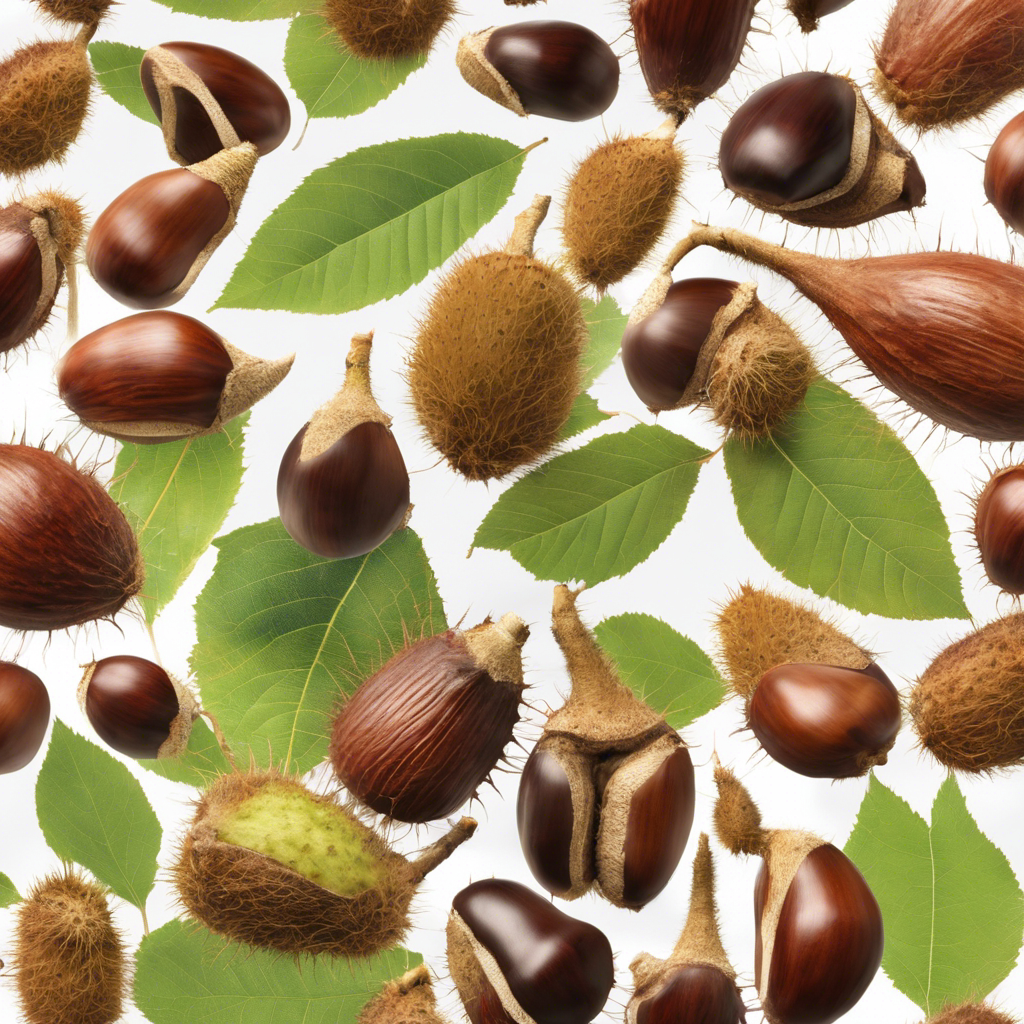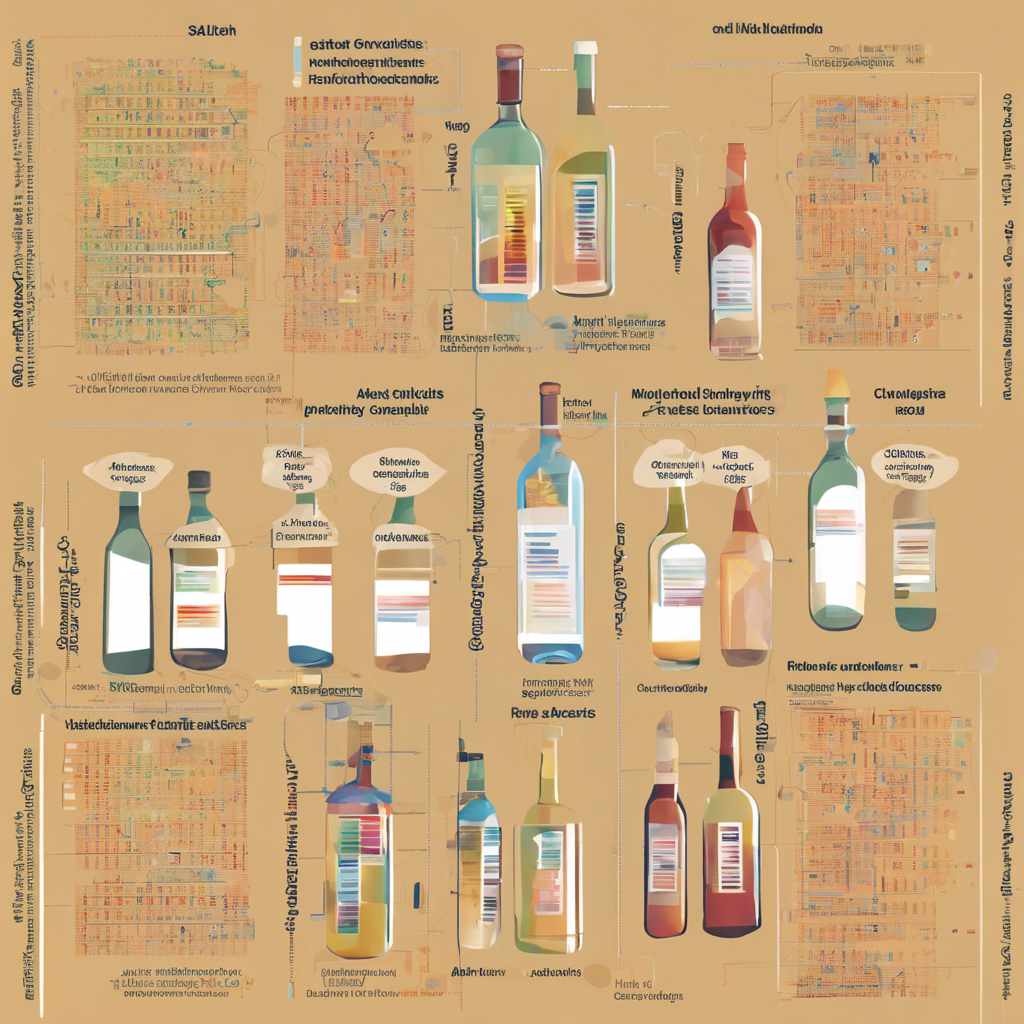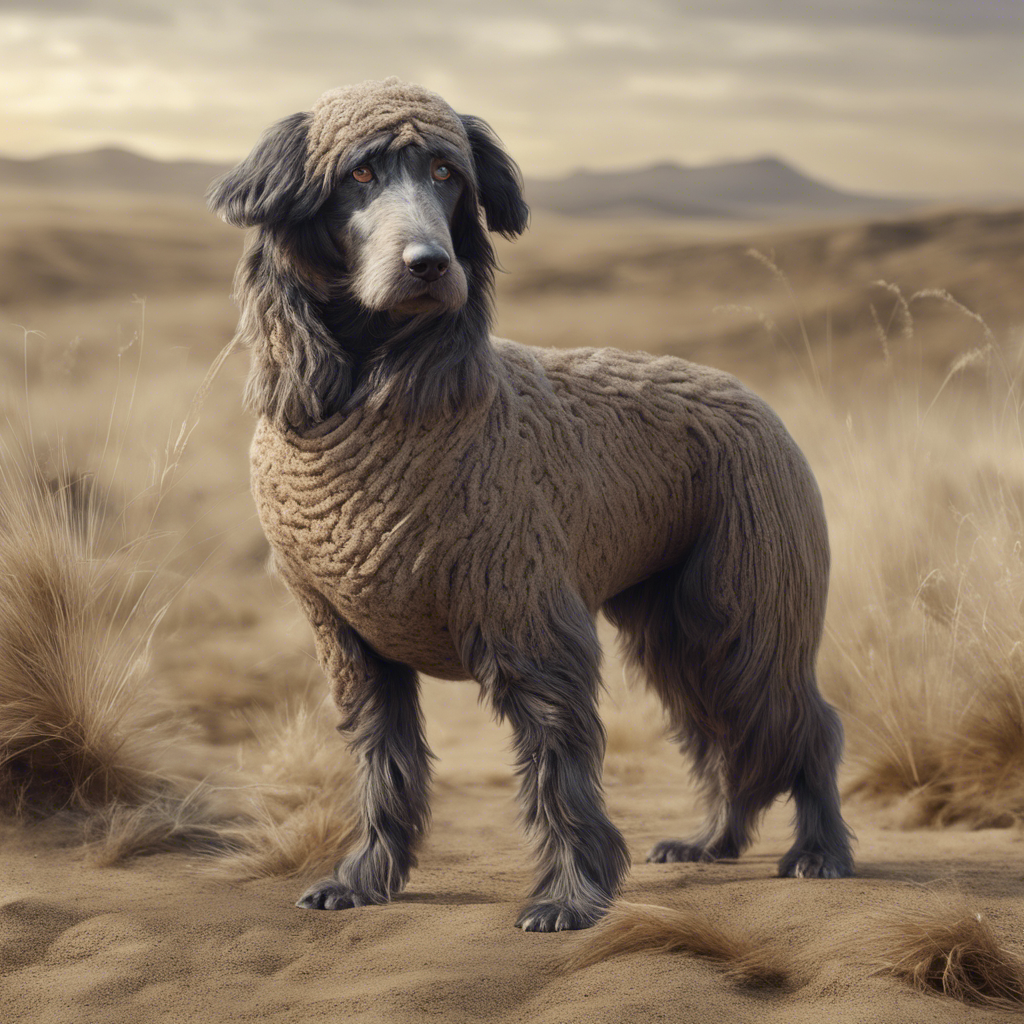Genetic evidence reveals a trade-off between reproduction and longevity
A groundbreaking study, utilizing data from over 276,000 people in the UK Biobank database, has provided compelling evidence supporting the antagonistic pleiotropy theory of aging. This theory, proposed by biologist George Williams in 1957, suggests that genetic mutations promoting early reproduction might also accelerate aging. The research, led by evolutionary biologist Jianzhi Zhang from the University of Michigan, found a strong negative correlation between reproduction and lifespan, indicating that genes promoting higher reproduction rates are associated with shorter lifespans. While environmental factors also play a significant role, this study provides genome-wide evidence for the evolutionary explanation of senescence, highlighting the trade-off between reproduction and longevity.
The Williams Hypothesis and Antagonistic Pleiotropy Theory
In 1957, George Williams, an evolutionary biologist, proposed the antagonistic pleiotropy theory of aging. According to this theory, genetic mutations that contribute to aging could be favored by natural selection if they are advantageous early in life in promoting earlier reproduction or the production of more offspring. Williams’ hypothesis suggests that aging arises as a byproduct of natural selection for earlier and more reproduction. While the theory has been supported by individual case studies, it has lacked unambiguous genome-wide evidence.
Genetic Correlation between Reproduction and Lifespan
The new study led by Jianzhi Zhang and his colleague Erping Long tested the Williams hypothesis using genetic, reproductive, and death-registry information from over 276,000 participants in the UK Biobank database. The researchers found a strong negative genetic correlation between reproduction and lifespan, indicating that genetic mutations promoting higher reproduction rates tend to shorten lifespan. Individuals carrying mutations that predispose them to higher reproductive rates have lower probabilities of living to age 76 compared to those carrying mutations that predispose them to lower reproductive rates.
Genetic Factors and Environmental Factors
While the study provides substantial genetic evidence supporting the antagonistic pleiotropy theory, the authors caution that reproduction and lifespan are affected by both genes and the environment. Environmental factors, including contraception, abortion, and medical advances, have a significant impact on reproduction and lifespan. Compared to environmental factors, the genetic factors discussed in the study play a relatively minor role in human phenotypic changes.
Trade-Off Between Reproduction and Longevity
The research findings support the idea that natural selection favors mutations that increase reproduction but reduce lifespan. This trade-off between reproduction and longevity is a result of antagonistic pleiotropy, where the same mutation can be both beneficial and harmful, depending on the situation. The study also found that having two children corresponds to the longest lifespan when controlling for the genetically predicted amount and timing of reproduction. Having fewer or more children both lower the lifespan, supporting the findings of previous studies.
Pleiotropy and the Origin of Aging
Pleiotropy, the concept that a single mutation can influence multiple traits, underlies the origin of aging. The antagonistic pleiotropy hypothesis suggests that most mutations that increase reproduction but reduce lifespan have larger fitness advantages than disadvantages, making them selectively favored by natural selection. The study identified several reproduction-associated genetic variants that have become more common in recent decades, despite their associations with shorter lifespan. This increased frequency is likely a result of natural selection for higher reproduction.
Conclusion:
The new study provides compelling genetic evidence supporting the antagonistic pleiotropy theory of aging. The research findings reveal a trade-off between reproduction and longevity, indicating that genetic mutations promoting higher reproduction rates tend to shorten lifespan. While environmental factors also play a significant role, the study highlights the evolutionary explanation of senescence and the trade-off between reproduction and longevity. These findings contribute to our understanding of the complex interplay between genetics, reproduction, and aging, shedding light on the mechanisms underlying the aging process.











